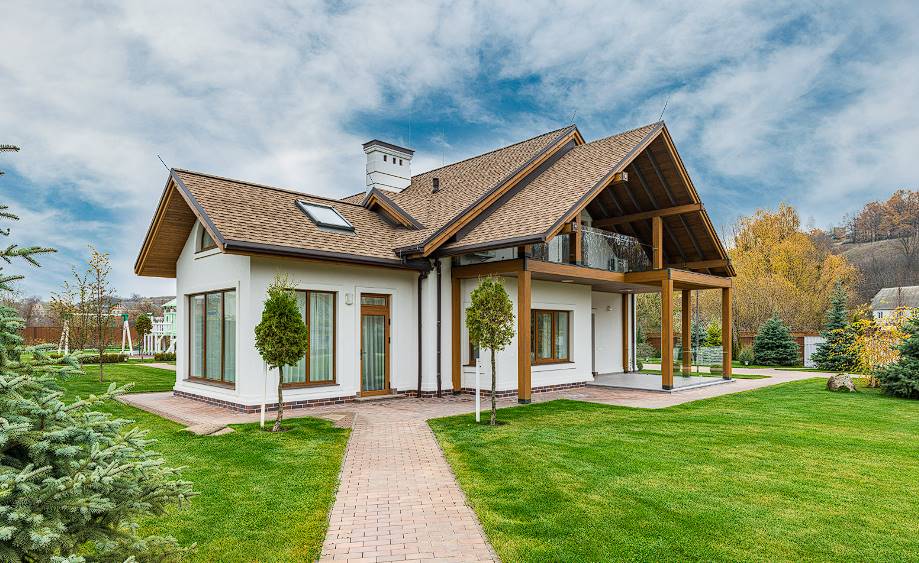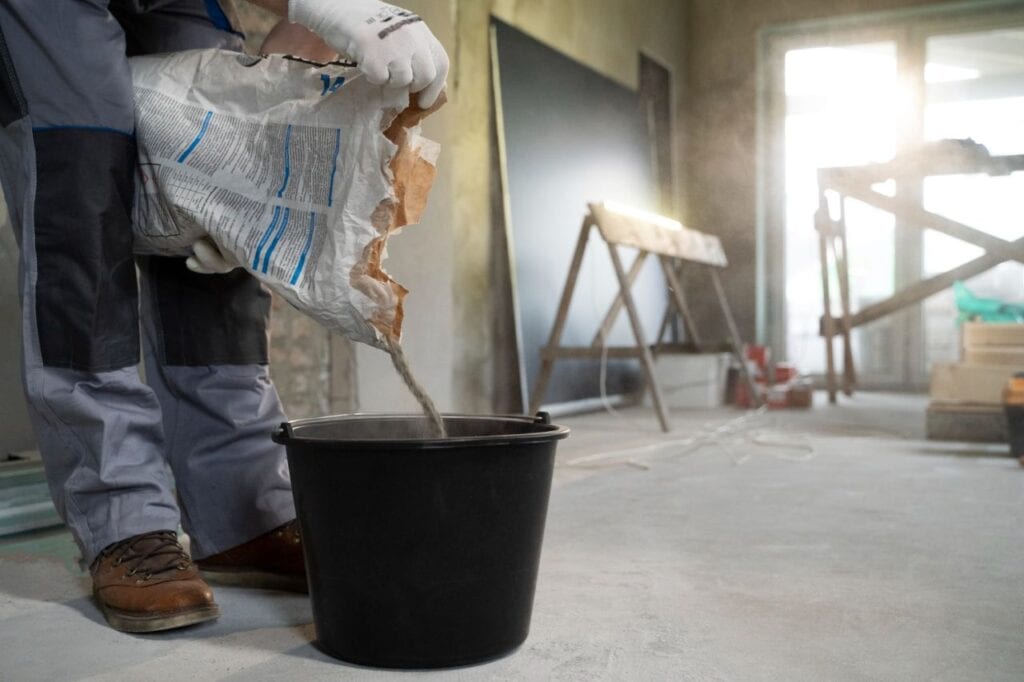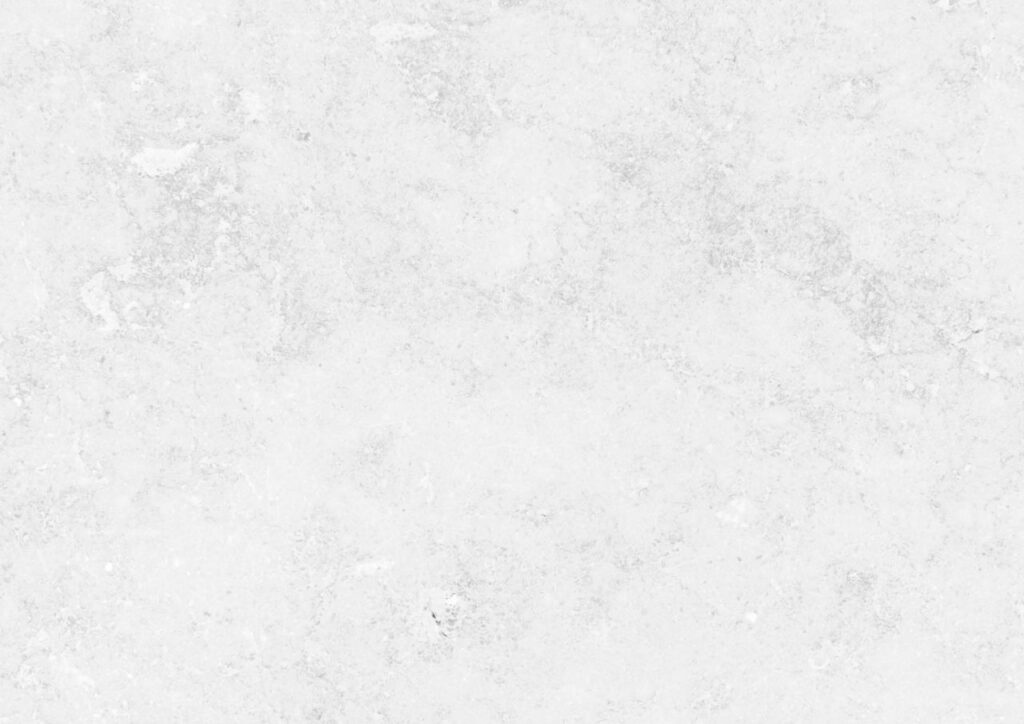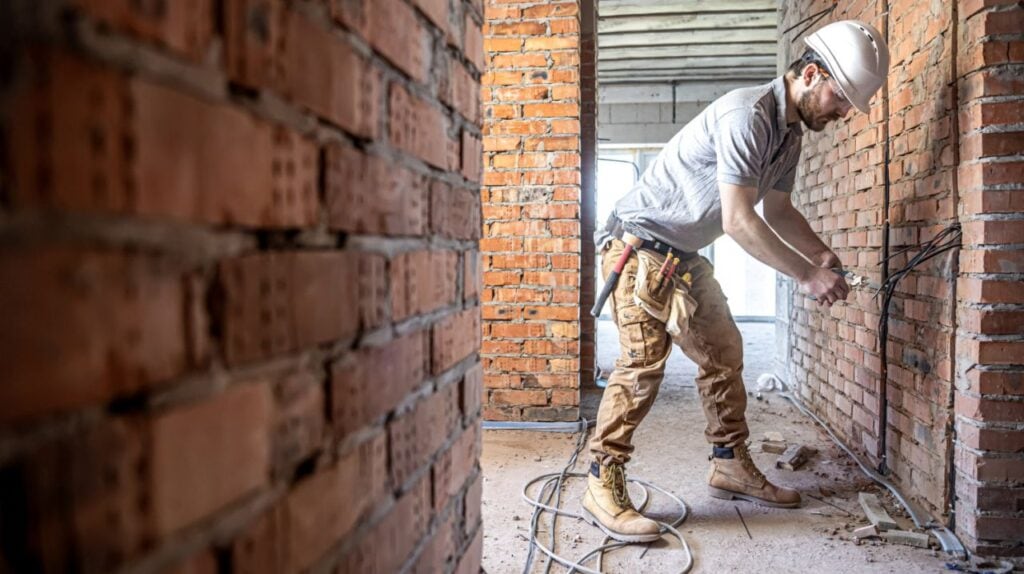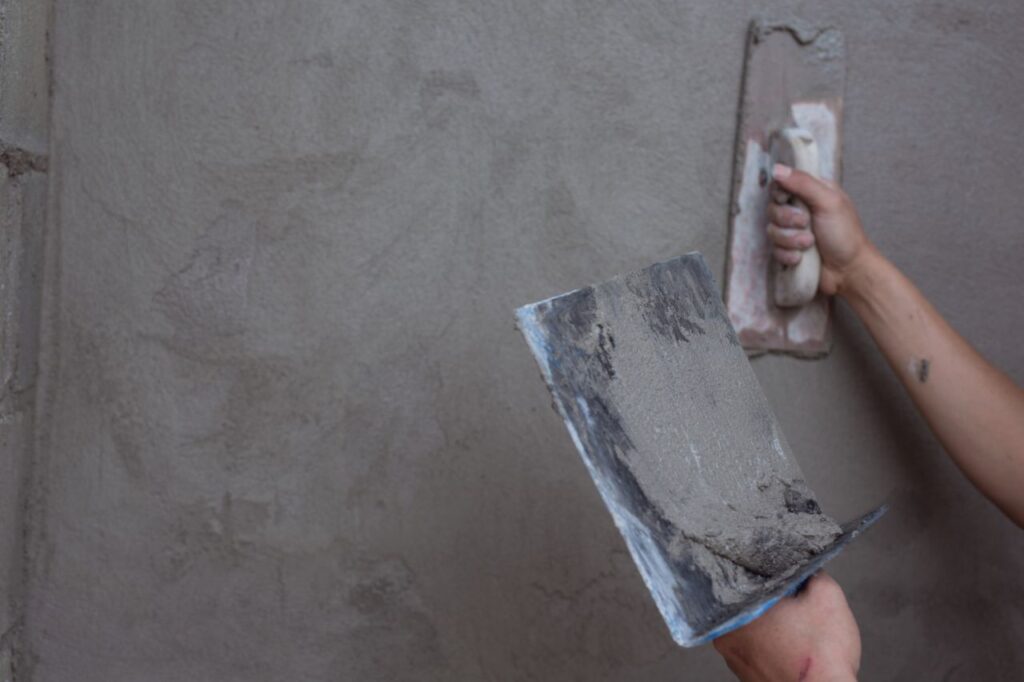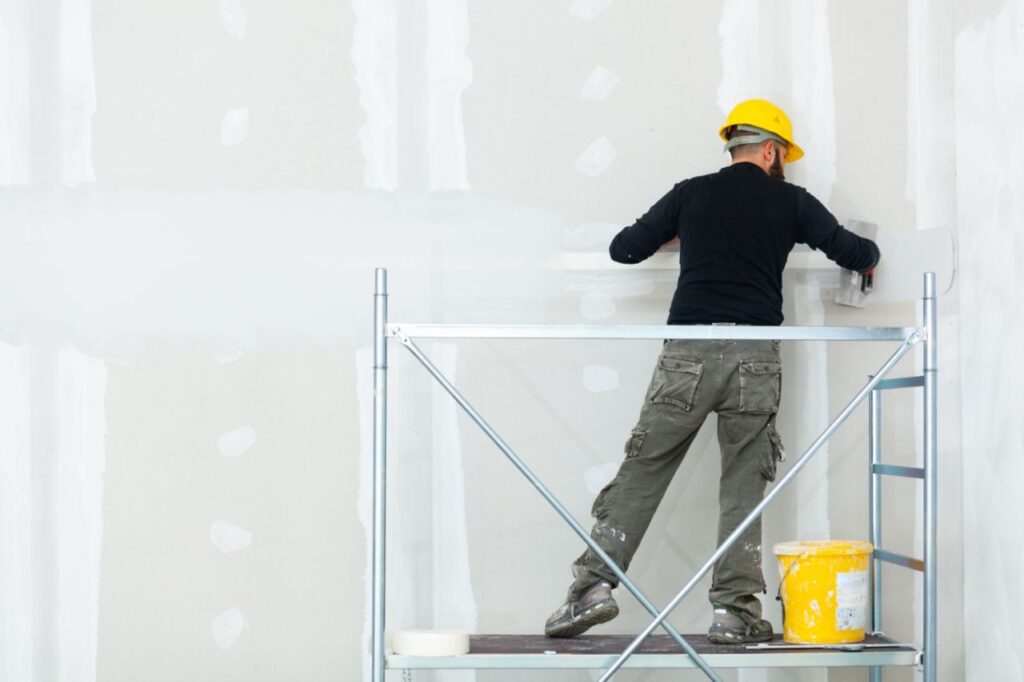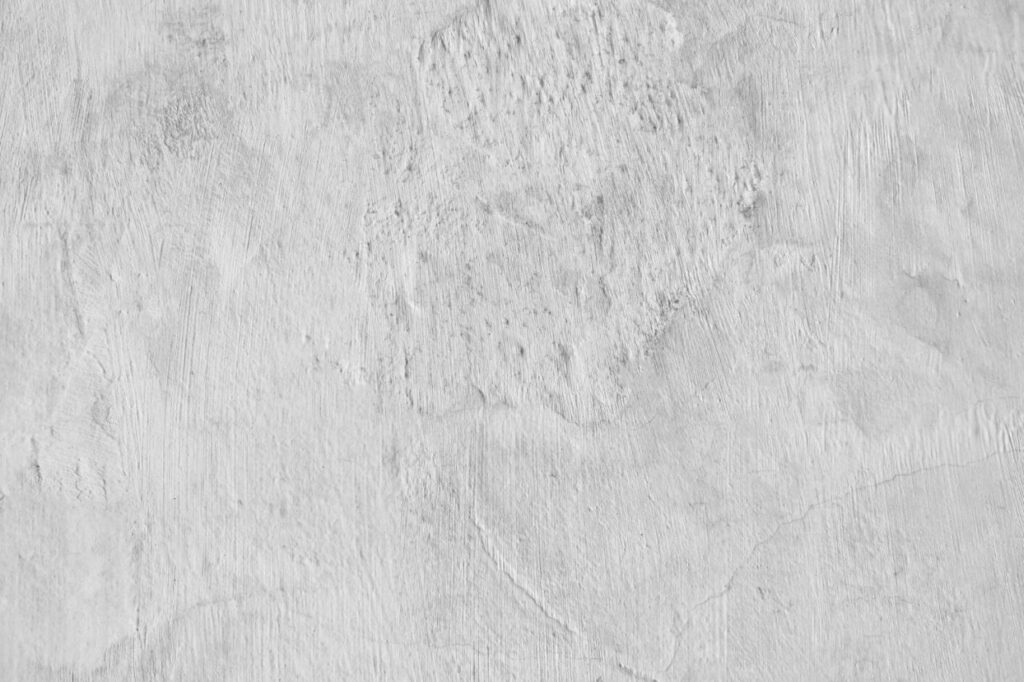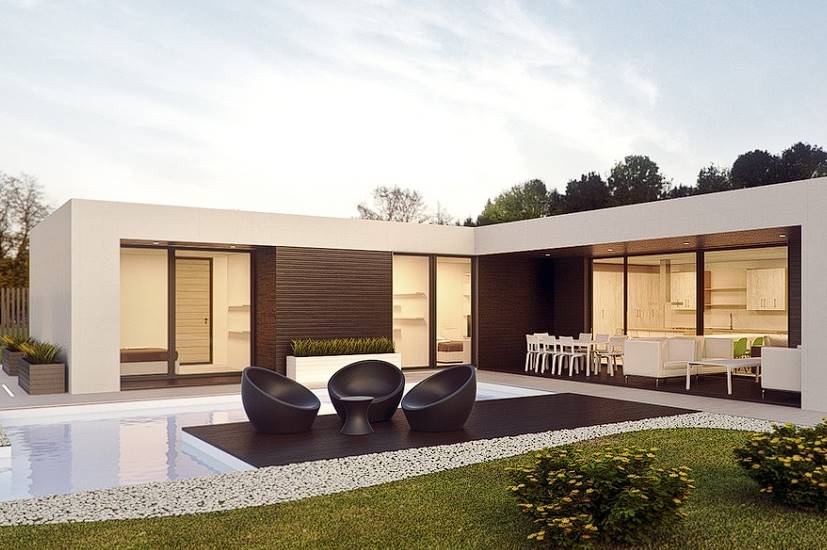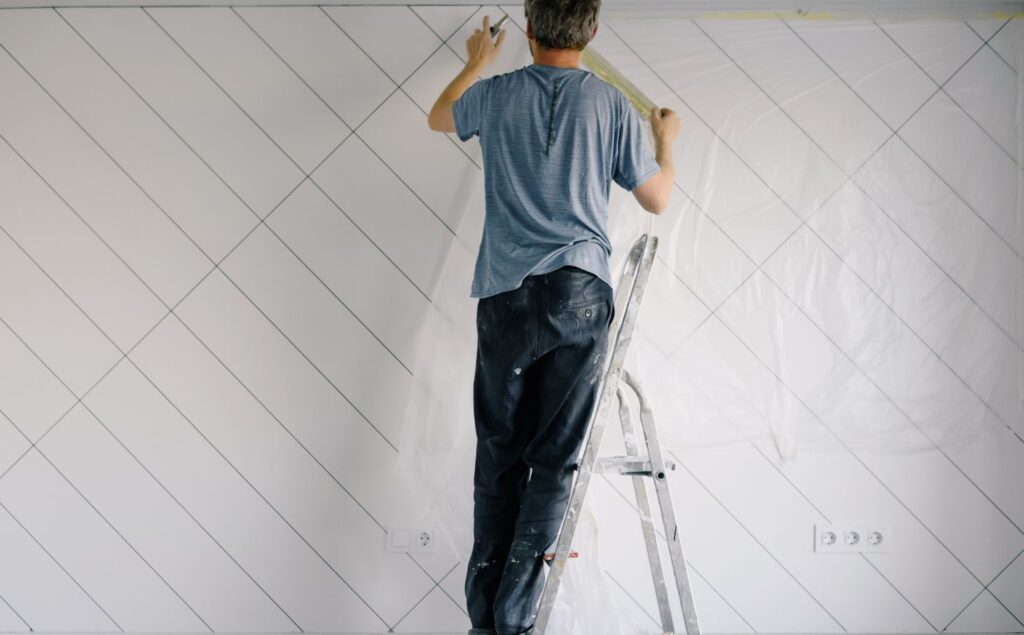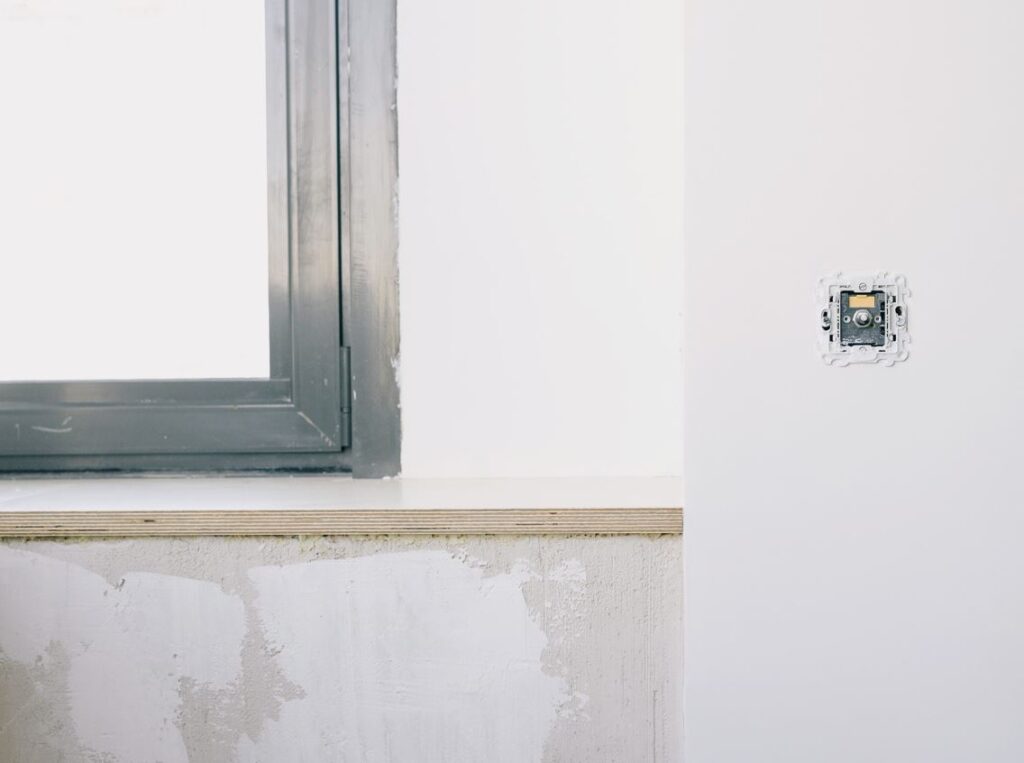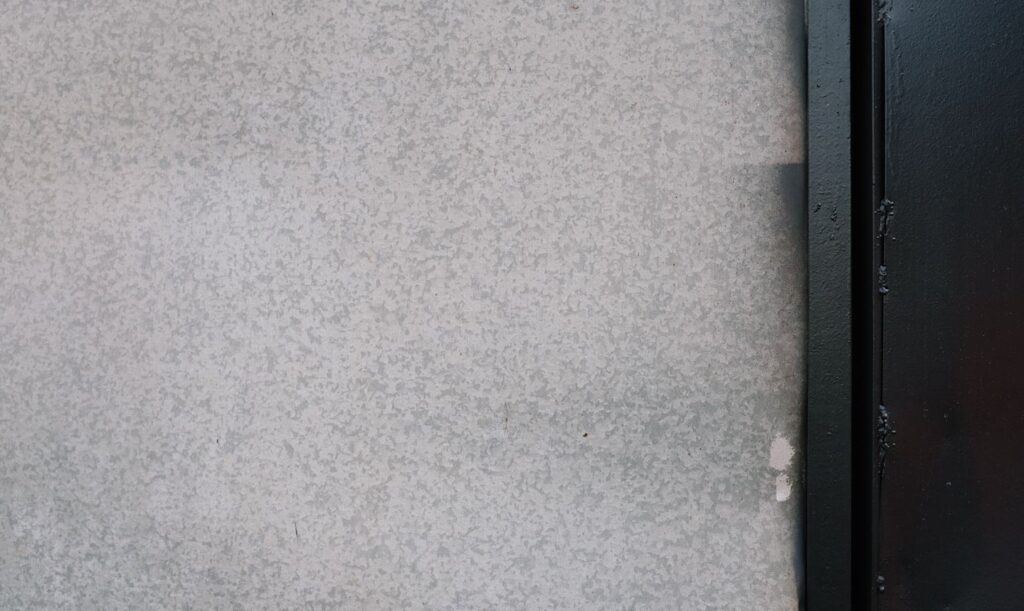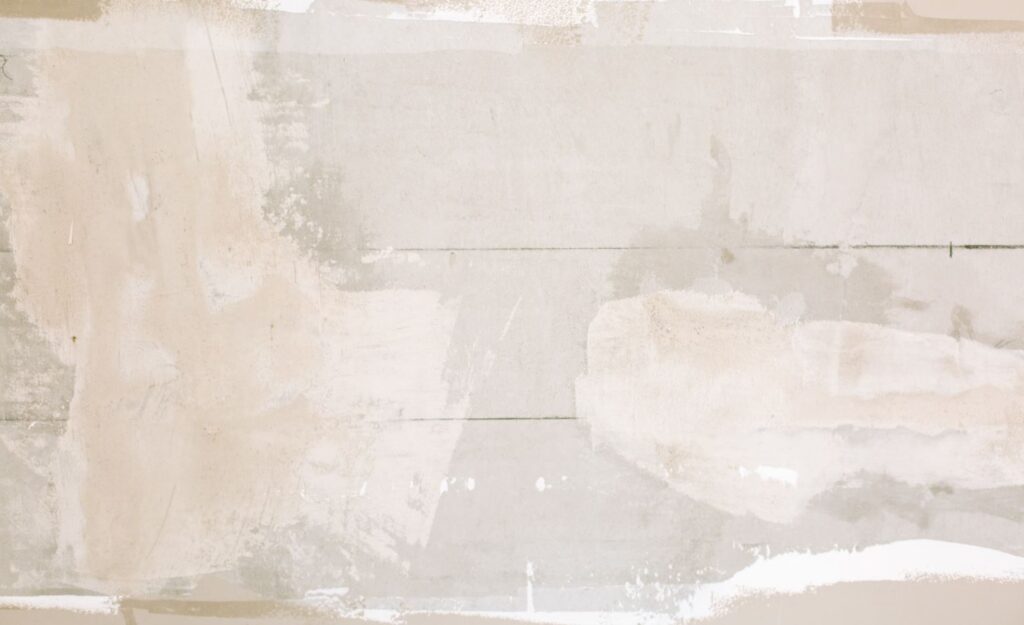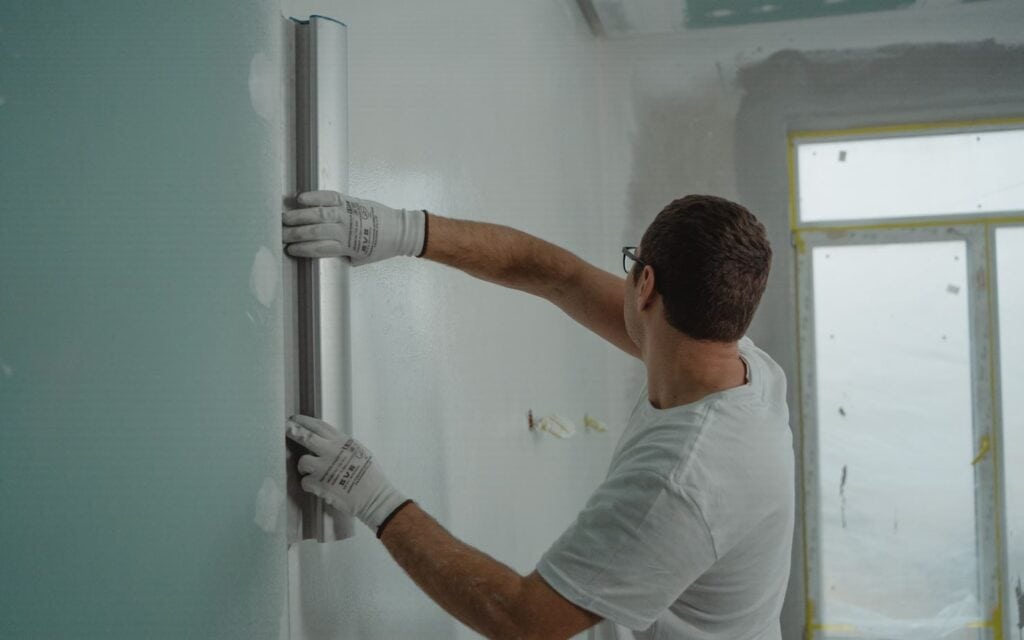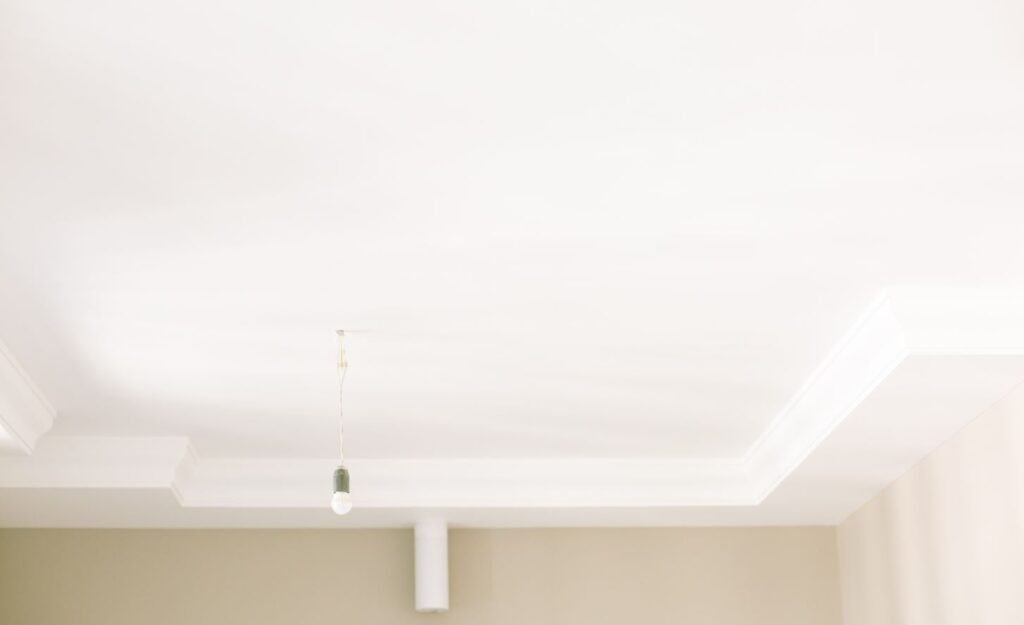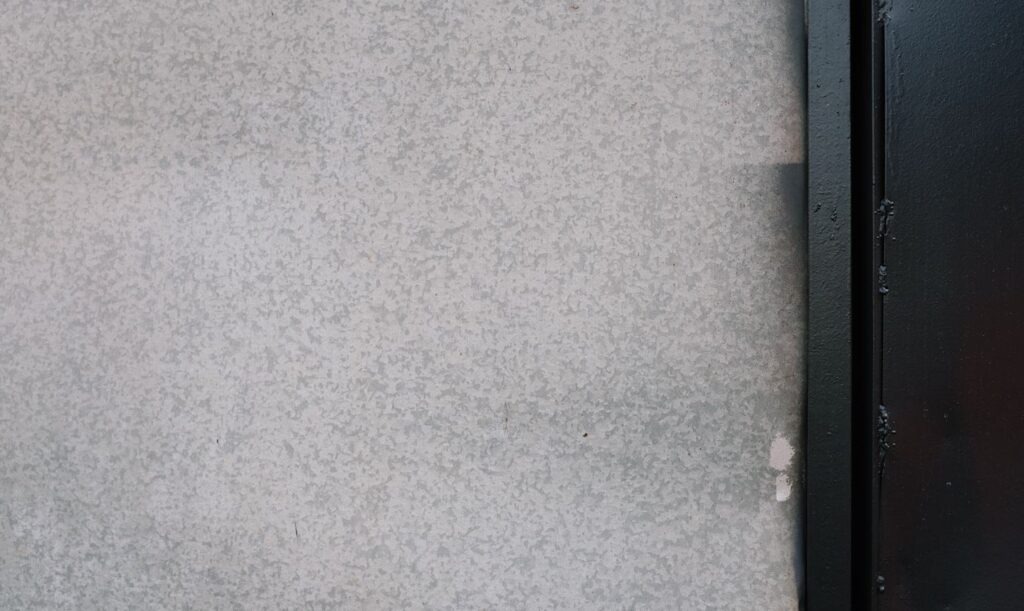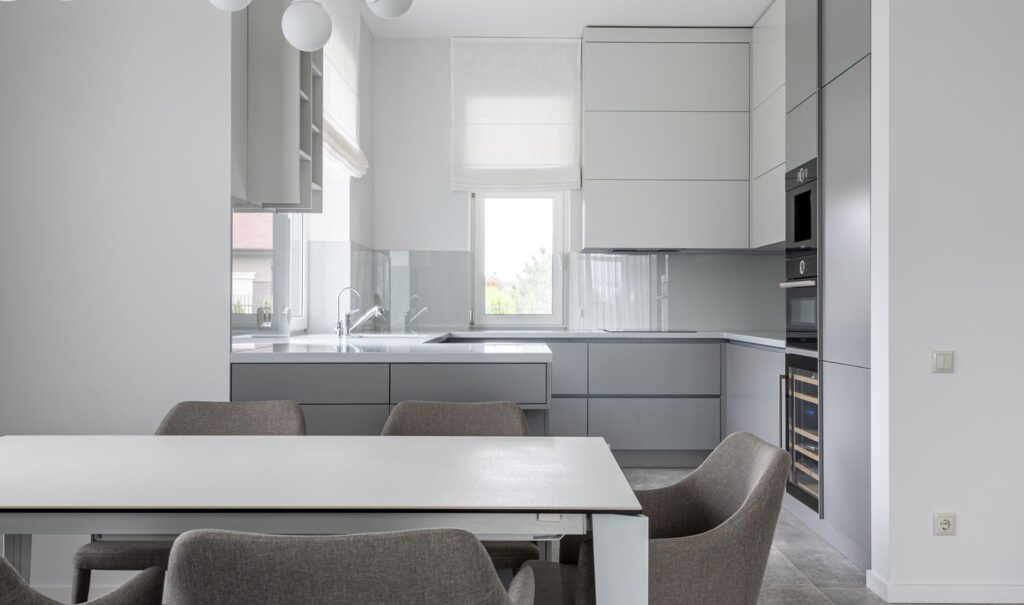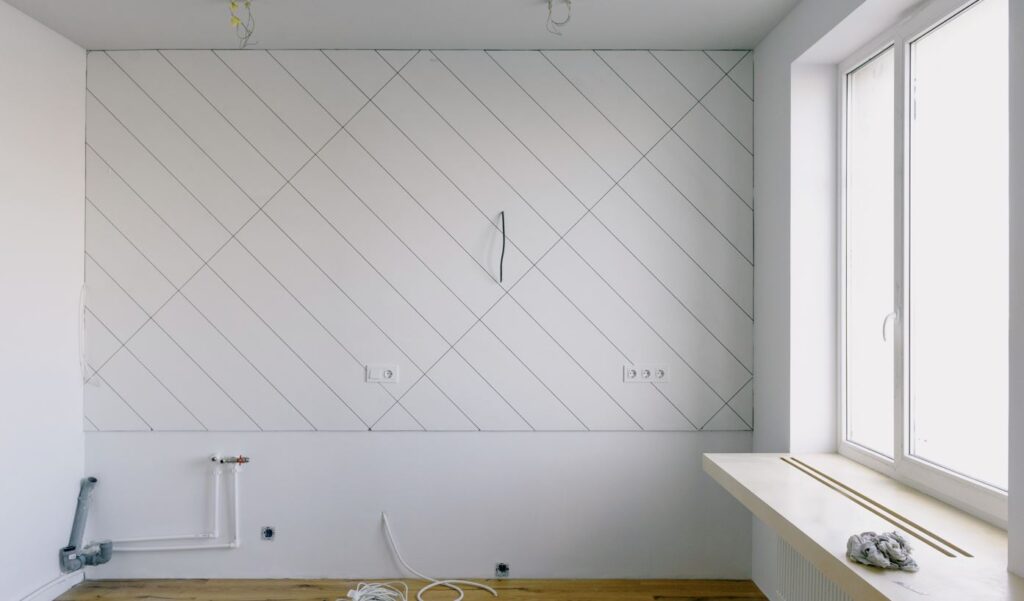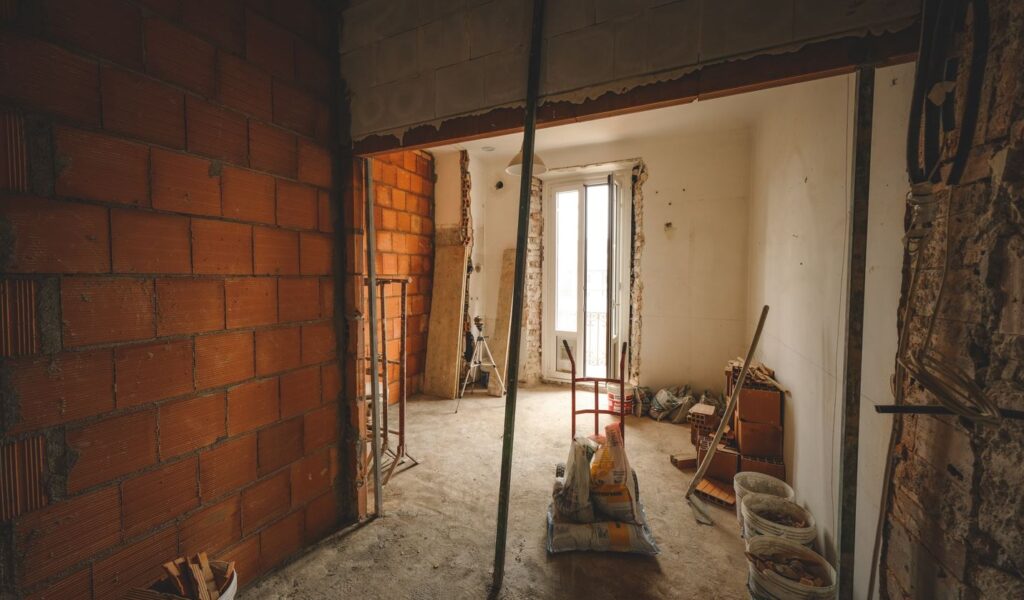Why do we have an external render if not for aesthetics? Is there a reason you always see a coating of plaster or cladding on the outside of a building? External render isn't just for show; it protects the building and lengthens its lifespan. This article delves into the significance of exterior render and its many advantages for structures.
Rendering the exterior of a building is crucial for weatherproofing and elongating its useful life. It is a barrier against the elements, protecting the underlying structure from dampness and temperature changes. Furthermore, external render improves a building's thermal efficiency, leading to cost savings on heating and cooling and greater comfort for the building's occupants.
These benefits, however, only scratch the surface of what external render can do for you. To delve into this issue thoroughly, we consulted with John Smith, an internationally known architect with extensive experience in the sector. Come with us as we explore the inner workings of external render and see how it might improve your building's durability and functionality. Use this opportunity to further your education and produce better results in your construction endeavours. Let's take an in-depth look into the external render.
What Is External Render?
Rendering the outside of a building is an impressive practice with many names, including external wall insulation (EWI) and just plain "render." This coating acts as a shield and provides many practical advantages.
You should be asking now, "Why should I consider an external render for my project?" Let's talk about your issues with your present exterior, the refreshed appearance you hope to achieve, and how external render can help you get there.
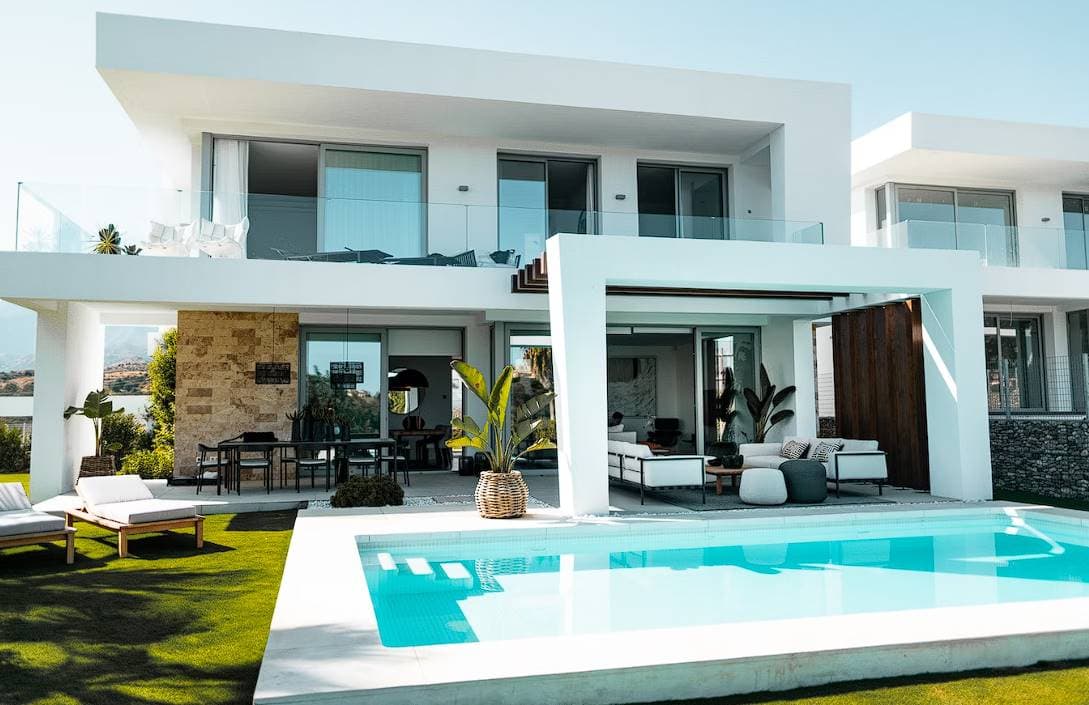
Different kinds of finishes for rendering in Australia
Sand, lime, water, and cement are the main ingredients in most renders. There is a wide variety of materials to choose from, such as cement, lime, silicone, and acrylic render. Choosing the right render for your home is essential because there are many options. The render comes in numerous forms, and some of the most common ones used on Australian buildings are:
Cement Render: A Popular Choice for Australian Interiors
Cement rendering has become a widely adopted technique in Australia for interior spaces, offering a cost-effective, easy-to-apply, and lightweight solution. Unlike exterior walls, where moisture protection is crucial, cement render has gained popularity for regular interior walls. Its application involves the use of a brush or roller, and it typically takes approximately 1.5 days to dry.
Cement Render vs. Gypsum Render: A Comparison
In Australia, cement render has emerged as a preferred choice for both interior and exterior rendering due to its longevity and similarity to gypsum render, with the added advantage of no shrinkage. Polymer-modified concrete (PMC) and white cement render, forms of cement rendering, boast a lifespan of up to 50 years, rivaling that of gypsum rendering. Despite its higher cost, cement render is a versatile option for rendering walls.
Clay-Based Render: A Traditional Exterior Solution
Clay-based renders, renowned for their excellent insulating properties and durability, have been traditionally favoured for exterior applications in Australia. These renders have stood the test of time, providing a long-lasting finish for homes and other buildings.
Davco Render: Top-Tier Material for Enduring Results
Davco renderings, known for their moisture resistance and durability, offer a top-tier solution that withstands the test of time. With a variety of colours and textures to choose from, Davco render provides versatility in design. Unlike other renders, it can be directly applied to drywall or brick without the need for priming. Although it may be a slightly more expensive option in Australia, the slurry rendering technique and durable, insulating surface achieved with one or two coats make Davco Render an attractive choice.
Lime Render: Cost-Effective and Moisture-Controlled
Lime render, widely used in Australia for external wall finishes over brick or cement board, offers a porous and absorbent alternative to cement render. It is particularly suitable for outdoor applications where moisture control is vital. Lime renders are cost-effective and require less application time compared to more expensive materials like stucco or cement render. Additionally, lime render provides a viable option for both interior and exterior wall rendering.
Silicone Render: Water-Tight and Low-Maintenance
Silicone render has gained popularity in Australia for exterior wall applications due to its watertight properties and ease of application. It surpasses cement render in terms of durability and requires minimal upkeep. Its insulating characteristics and longevity make silicone render a preferred choice for contemporary buildings. It can be used on various surfaces such as brick, block, or stone and can even be applied on top of existing renderings if needed.
Stucco Render: Convenient and Aesthetic
Stucco render finds common usage in Australia for cement board or fibre-cement wall panels. The pre-mixed nature of stucco renders, where water is added to a powder mix, simplifies the application process. Although stucco renders are typically more expensive and available in fewer colours compared to cement renders, they offer an attractive option for achieving a desired aesthetic.
Plaster Render: A Victorian Era Alternative
As an alternative to regular plaster, you can use plaster render, a natural material with a long history of construction use. Plaster render, which is applied manually on brick or fibro-cement wall panels, is extremely long-lasting and can be used on newly rendered walls or bricks without fear of breaking or peeling. Plaster render is a timeless and beautiful finish, but it requires two treatments and frequent upkeep.
Types of Rendering Methods in Australia
Slurry Application: A Standard Technique for Gypsum Renders
In Australia, one of the commonly used rendering techniques is the slurry application. This method involves applying gypsum renders using a slurry mixture. The slurry is spread evenly over the surface, creating a smooth and uniform finish. It is widely used in both residential and commercial construction projects.
Built-up or Scratch Mortar: A Cement or Lime-Based Approach
Another popular rendering technique in Australia is the built-up or scratch mortar. This technique involves using a mortar mixture made of cement or lime. The mortar is applied in layers, building up the render gradually. It is often used to achieve a textured or decorative finish on exterior walls.
Combing: Enhancing the Appearance Inside and Outside Buildings
Combing is a rendering technique that is employed both on the interior and exterior surfaces of buildings. It involves using a comb-like tool to create patterns or textures on the render. This technique adds visual interest and can be used to achieve various effects, such as a rustic or modern look.
Pebble Dash: A Classic Finish with Masonry Aggregates
Pebble Dash is a traditional rendering finish that remains popular in Australia. This technique involves embedding regular pebbles or masonry aggregates into the render surface. The result is a textured and visually appealing finish. Pebble Dash is often used on exterior walls to enhance their appearance.
Monocouche Render: A Single-Coat Solution for New and Repair Work
Monocouche render is a widely used technique in Australia, particularly for freshly constructed structures or for repairing damaged sections of existing walls. This method involves applying a single coat of render to the entire wall. Monocouche render provides a durable and weather-resistant finish.
Dip and Tip: Repairing Walls in Old and New Structures
In Australia, the dip and tip technique is commonly employed to repair walls in both old and new structures. This method is particularly useful when a smooth finish is desired. It involves applying a thin layer of render to the wall and then using a trowel to create a smooth and even surface.
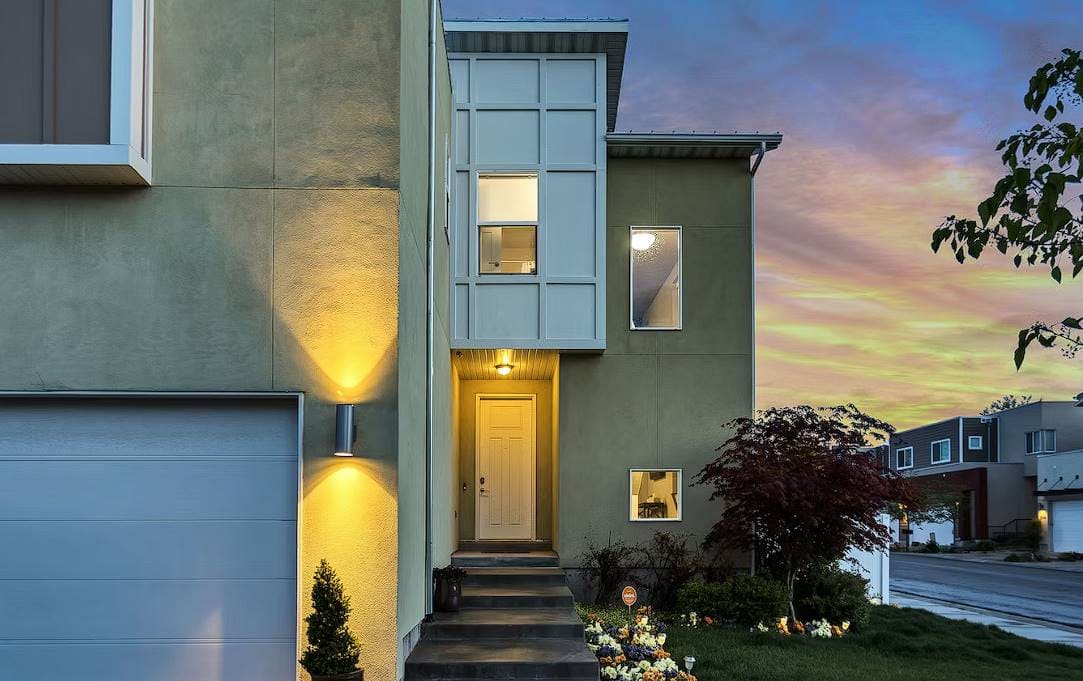
Examples of Rendering Finishes and Methods
Roughcasting: Achieving a Rustic Appearance
Roughcasting is a rendering technique that creates a rustic appearance. In this method, a combination of cement, sand, and lime putty is applied by hand. The final step involves using a wooden float to achieve the desired texture.
Injecting: Preventing Water Seepage in Stone Walls
Injecting is an alternative rendering technique used to prevent water seepage in stone walls. The initial coat of render is applied after the wall is prepared by blasting dry dirt or sand into the cracks with compressed air. This technique helps seal any cracks and improves the overall water resistance of the wall.
Fibrous Plaster Rendering: Simulating Stone and Brick Facades
Fibrous plaster rendering is a cost-effective and efficient method used to simulate stone and brick facades. It involves using fibrous plaster materials to create the desired appearance. If you need to get something up and running quickly, this is the method to use for commercial or restoration work.
Exterior Insulation Finishing Systems (EIFS): Combining Insulation and Aesthetics
The EIFS rendering method combines thermal efficiency and visual appeal. Insulation board is used alongside a thin layer of concrete adhesively blended with glass fibres. Waterproof and aesthetically beautiful synthetic stucco panels are then used to cover the surface.
Automatic Trowelled Renders: Streamlining the Rendering Process
The advent of autonomous trowelled renderings in recent years has drastically improved the visual effects industry. You can use self-propelled equipment with spinning trowels to apply these renderings. There is no longer any need for manual work, and productivity has increased because of the ability to modify the size and design of the ridges with a variety of attachments.
Advanced Rendering Systems: Long-lasting and Opaque Finishes
Advanced rendering systems are designed to provide long-lasting, highly opaque, and aesthetically pleasing finishes. These systems consist of two separate mixtures: one applied over insulating boards and another on top, containing special additives like titanium dioxide. They have gained popularity due to their ease of use, allowing for widespread adoption even without prior plastering experience or training.
Masonry Paints: Enhancing and Protecting Walls
Masonry paints are an effective way to enhance and protect walls. They are available in different formulations, with water-based variants suitable for indoor walls and ceilings and specific formulations for exterior use. These paints should be applied according to the manufacturer's guidelines to ensure optimal performance and longevity.
Liquid Renders: Strengthening and Protecting Surfaces
Liquid renders are commonly used in Australia to strengthen and protect surfaces. They typically consist of fine sand, cement, and water mixed to the desired consistency. The binder in the render helps hold the mixture together and increases the surface's resistance to cracking as it dries. It is essential to allow sufficient curing time before reintroducing furnishings or fixtures to the rendered area.
By employing these various rendering techniques and finishes, builders and homeowners in Australia can achieve a wide range of desired appearances and functional benefits for their structures. Whether it's creating a rustic texture, insulating walls, or achieving an aesthetically pleasing finish, the diverse rendering methods available cater to different needs and preferences.
Conclusion
Rendering the exterior of a structure is crucial for protecting it from the elements and extending its lifespan. It acts as a shield from the weather, preventing moisture and temperature fluctuations from damaging the underlying structure. It also increases the thermal efficiency of a structure, which means less money is spent on heating and cooling the building and more on the comfort of its inhabitants. We met with John Smith, an internationally renowned architect with vast experience in the field, to learn more about the inner workings of external render and discover how it may increase the longevity and functionality of your building. In Australia, cement rendering has become a popular method for finishing interior walls since it is inexpensive, simple to implement, and lightweight.
It's suitable for both interior and exterior use and lasts for up to 50 years. Historically, exterior applications have favoured clay-based renders, but Davco renders have become increasingly popular due to their exceptional resilience to moisture and longevity. When it comes to exterior applications where moisture control is crucial, lime render is a cost-effective option to cement render. The durability and simplicity of silicone render have made it a favourite for use on exterior walls in Australia. Stucco render is a practical and aesthetically pleasing alternative to traditional cement board or fibre-cement wall panels.
An alternative popular in the Victorian era, plaster render calls for two applications and regular upkeep. In Australia, you can choose between three distinct rendering techniques: slurry application, built-up or scratch mortar, and combing. Built-up or scratch mortar uses a cement or lime-based mortar combination, while slurry application uses a slurry mixture to apply gypsum renders. Combing is a versatile method for creating interesting looks and different effects. Embedding normal pebbles or brick aggregates into the render surface creates a finish known as "pebble dash," which is popular in Australia.
When it comes to repairing the walls of both new and old buildings, Monocouche Render is the one-coat solution, whilst Dip and Tip is the method of choice for both. Roughcasting, injecting, fibrous plaster rendering, and exterior insulation and finishing systems (EIFS) are all types of rendering finishes and techniques. EIFS blends the best of both worlds by covering a surface with an insulation board and synthetic stucco panels. The visual effects business has advanced thanks to the introduction of autonomous trowelled renderings in recent years. Modern rendering techniques aim to provide finishes that look great and last for a long time.
Masonry paints are a great option for sprucing up and protecting your walls. For further durability and defence, you can employ a liquid render. Using these methods and materials, Australian builders and homeowners can create a broad variety of aesthetic effects and practical advantages.
Content Summary
- External render serves a purpose beyond aesthetics.
- It protects buildings and extends their lifespan.
- Weatherproofing and durability are crucial aspects of external render.
- External render improves a building's thermal efficiency.
- Cost savings on heating and cooling can be achieved with external render.
- John Smith, an internationally known architect, provides insights into external render.
- External render enhances a building's durability and functionality.
- External wall insulation (EWI) is another term for external render.
- Different materials, such as cement, lime, silicone, and acrylic render, are used for external render.
- Choosing the right render is essential for home construction.
- Cement render is popular for Australian interiors due to its cost-effectiveness.
- Cement render has gained popularity for regular interior walls.
- Cement render is versatile and offers a long lifespan.
- Clay-based render is a traditional choice for exterior applications in Australia.
- Davco renderings are known for moisture resistance and durability.
- Davco render provides versatility in design and can be directly applied to drywall or brick.
- Lime render is cost-effective and suitable for outdoor applications.
- Lime render requires less application time compared to more expensive materials.
- Silicone render is popular for its watertight properties and low maintenance.
- Stucco render is convenient and offers an attractive aesthetic option.
- Plaster render is a long-lasting alternative to regular plaster.
- Slurry application is a standard technique for gypsum renders.
- Built-up or scratch mortar technique is used for textured or decorative finishes.
- Combing is a rendering technique used to create patterns or textures.
- Pebble Dash is a classic finish that enhances the appearance of exterior walls.
- Monocouche render provides a durable and weather-resistant finish.
- Dip and tip technique is used to repair walls for a smooth finish.
- Roughcasting creates a rustic appearance using a combination of cement, sand, and lime putty.
- Injecting is a technique used to prevent water seepage in stone walls.
- Various rendering methods and finishes cater to different needs and preferences in Australia.
Frequently Asked Questions
Textured external render offers several benefits. It can add depth and visual interest to the building's exterior, creating a unique and aesthetically pleasing look. Additionally, textured finishes can help hide surface imperfections, providing a more uniform appearance. The texture also adds an extra layer of protection against weathering, enhancing the durability of the render.
External render does require some maintenance over time to ensure its longevity. Regular inspections for cracks, chips, or damage should be conducted, and any necessary repairs should be carried out promptly. Additionally, periodic cleaning and reapplication of protective coatings may be needed to maintain the appearance and performance of the render.
Absolutely. External render can be applied to various types of buildings, including residential homes, commercial establishments, and even historical structures. It offers versatility in terms of design and can be adapted to suit different architectural styles.
The external render acts as a barrier against harsh weather conditions such as rain, wind, and sunlight. It prevents moisture from penetrating the walls, reducing the risk of dampness and subsequent damage. Additionally, it can offer thermal insulation, improving energy efficiency.
External render greatly enhances the visual appeal of a structure. It can be applied in various textures and colors, allowing for customized finishes that complement the architectural style. The smooth, consistent surface provided by the render can also hide imperfections in the underlying construction.

